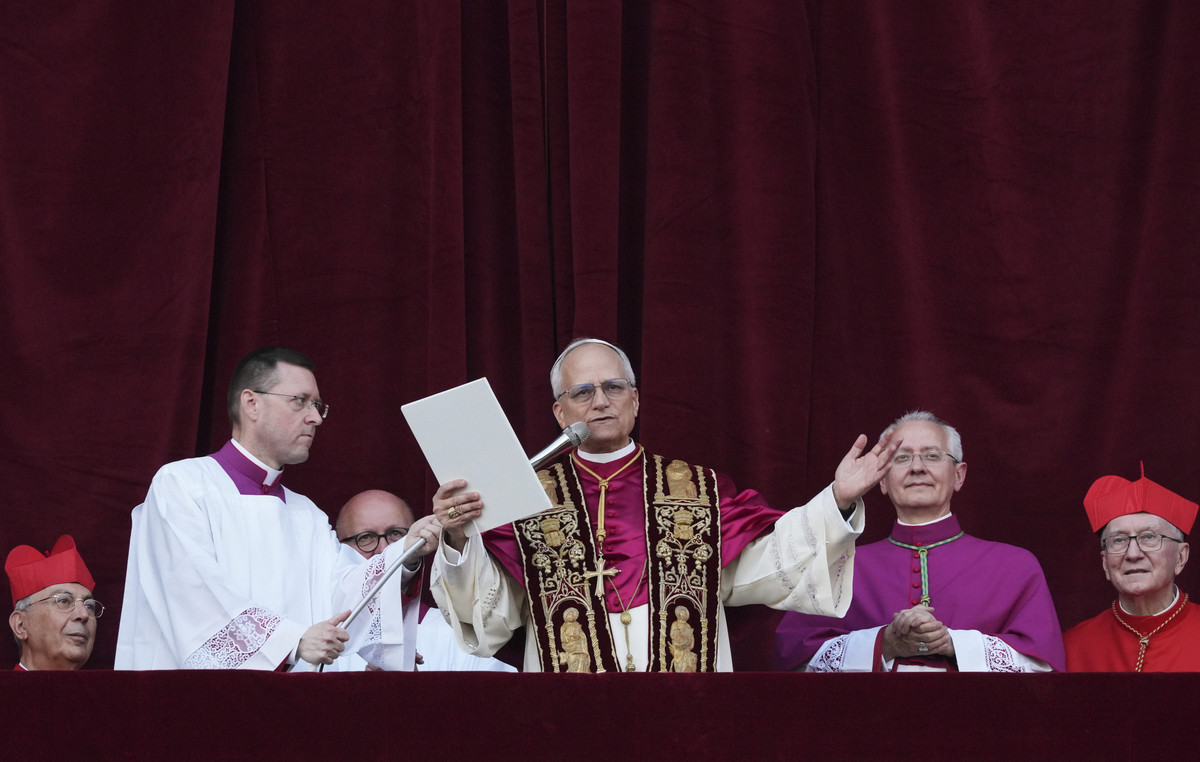Like last year and the previous year, the summer solstice falls on the canonical date of June 21st. The moment, because the solstice really is a thing of a moment, is at 4.56 pm Italian time. June 21st it is the day with the most light of 2023from the following day the days will already slowly begin to shorten until the winter solstice on December 21st, the shortest day ever.
The astronomical summer officially begins, the meteorological one has already started at the beginning of the month, even if the great heat is only now arriving. The day lasts between 15 and 16 hours depending on the areas of Italy. In the areas between the Arctic Circle and the North Pole it will not set and it will be possible to see the midnight Sun.
Solstice
The word solstice comes from the Latin soli statio, sun and stop. In astronomy it is the moment in which the Sun reaches the point of maximum (summer) or minimum (winter) declination with respect to the Earth. It is that moment in which the star reaches the highest point with respect to the horizon and thus carries the greatest number of hours of light.
The summer solstice is the longest day and consequently the shortest night, i.e. the day with the most hours of light. The opposite for winter. June and December are the solstice months for summer and winter in the northern hemisphere. Everything is reversed if we talk about the southern hemisphere.
At the height of the polar circles on summer days the sun remains constantly above the horizon and there is light even in hours when it would be night. It is the phenomenon of the midnight sun. At localities along the Tropic of Cancer and Capricorn the Sun is at its zenith, perpendicular to local noon. Sheer sun and no shade.
The date
Every year the solstice falls at a different time and therefore it can arrive, like the equinoxes, on different dates. It depends on the displacement of the axis around which the Earth rotates. The shift causes a setback of 6 hours each year which resets to zero with leap years.
The traditions
The winter solstices, as in the summer, have always been considered sacred. We celebrate Sol Invictus which is reborn from the darkness in the cold station and there is the pagan festival Litha, one of the eight sabbaths of the summer solstice. Bede the Venerable and Tolkien write about it in The Lord of the Rings. There are solar cults from the North Pole to Polynesia, passing through Africa, Indonesia and South America. The ancient Romans linked this event with the two-faced god Janus and according to tradition one had to bathe in natural water currents and jump on lit fires to purify oneself.
Stonehenge
The monolithic stones of the British site of Stonehenge would be a sort of calendar as well as a temple. The axis of the monument is oriented so that on the summer solstice the sun rises above the central Heel Stone. This year it won’t happen, but usually thousands of people gather on the site for the occasion and in Sweden there are even plans to officially institute the midsummer party. There is also a Stonehenge older than a thousand years. It is Nabta Playa, Egypt, which has a site with monoliths aligned in the direction of sunrise on the solstice date.
Source: Vanity Fair
I’m Susan Karen, a professional writer and editor at World Stock Market. I specialize in Entertainment news, writing stories that keep readers informed on all the latest developments in the industry. With over five years of experience in creating engaging content and copywriting for various media outlets, I have grown to become an invaluable asset to any team.







